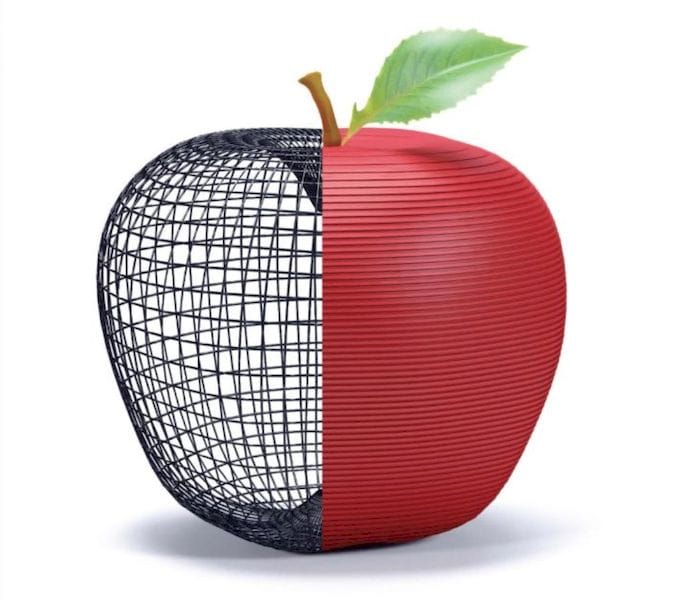![Getting Started With 3D Printing [Source: Amazon]](https://fabbaloo.com/wp-content/uploads/2020/05/image-asset_img_5eb0a561e24ce.jpg)
This week’s selection is “Getting Started With 3D Printing” by MAKE.
MAKE is, of course, the standard bearer for the maker movement. In the past ten years or so, MAKE has brought forward the notion that many people can actually be “makers” and produce their own complex objects and devices. Their history includes the entire lifecycle of personal 3D printing, which began in 2009 with the advent of the RepRap project and MakerBot’s launch.
Since then they’ve promoted the maker movement through various initiatives, as well as their core magazine.
One of the key messages you hear from the maker movement is that “everyone is a maker”. Bre Pettis, co-founder of MakerBot and one of the initial leaders of the movement, has told this to me face-to-face. I’m not sure I agree with this premise; there are in fact many people who will never, and can never, be a maker, despite interest in being one. There are also “degrees of makers”, where people might attempt simpler projects, but balk on more complex work.
The question then is, where are you on that spectrum? Are you a maker?
One way to find out would be to review this book, “Getting Started With 3D Printing”, as it assumes you know little about the topic and wish to learn. As you proceed through its sections you will quickly learn whether you have “maker potential”, and perhaps even how much of a maker you might be.
This particular tome has been around for several years, but it has been updated as of December 2018, and this edition includes current information and examples relevant to the state of 3D printing in today’s world.
The book begins with, as you might expect, an explanation of the Maker Movement. After that they explore all the basic aspects of 3D printing:
Current uses of 3D printing in industry and for personal use. While they focus on prototyping, the most common personal use, they also touch on industrial use, which is currently expanding rapidly.
A detailed explanation of FDM 3D printing, which is the most commonly found 3D printing process for inexpensive equipment. (Note that “FDM” is a trademarked process by Stratasys representing the filament extrusion process. Sometimes it’s referred to as “FFF” as a non-trademarked term. I’m surprised that MAKE has not made this transformation in the 2018 edition.)
Over the past few years resin-based SLA 3D printers have come down in price quite dramatically, enabling more users to make use of their higher resolution and unusual materials. The book spends some time to explain this process and its advantages and disadvantages.
They spend an entire chapter on the key question of 3D printer ownership. This is an important decision point for new users: I recommend using a 3D print service (or someone else’s 3D printer) at first to avoid sinking money into an inappropriate machine, or one that will eventually not be used much.
The book continues with a discussion of 3D printing workflows, identifying the need for acquisition or development of 3D models to print. You must have content, or the printer just sits there! They follow with a long series on basic CAD tools and methods using commonly available tools like Tinkercad, MeshMixer and Autodesk Fusion 360, all tools we would also recommend.
If you’re new to 3D printing and would like a very basic overview of the process so that you can discover what it takes to become a 3D printing “maker”, then this book is for you.
Via Amazon











This week’s selection is “3D Printing Projects” by Dorling Kindersley, a.k.a. “DK”.